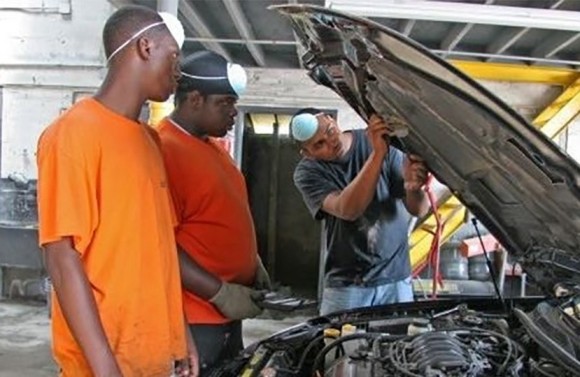Though the Great Recession was declared over several years ago, experts say for New York City’s young people looking for that first summer job the outlook remains dismal. And while nationally the official top line unemployment rate continues to drop, there are clear signs that the ranks of New Yorkers in the 16 to 24 age cohort that are neither enrolled in school nor working continues to grow.
New York City’s Community Service Society, a 170-year-old anti-poverty nonprofit, estimates that as many as one in seven of the city’s young people in this age bracket fall into this idle category. By CSS’s latest estimate, 186,000 young people ages 16 to 24, almost four Yankee Stadiums full, find themselves sidelined at what is widely considered to be the most critical part of any young adult’s life path. These trends are particularly pronounced for young people of color.
A recent Brookings Institute analysis on social mobility concluded that the unemployment rate for those under 25 was “twice the national average and remains above their pre-recession levels.” Researchers at Brookings found that a six-month bout of unemployment for someone at age 22 has major consequences going forward and “reduces wages by eight percent the following year and reduces future earnings by $22,000 over the next decade.”
With just a couple of weeks to go before New York City’s July 1 budget deadline, the Council is in a full court press to get Mayor Bill de Blasio to sign off on adding 10,000 additional slots to the city’s Summer Youth Employment program. “As it stands right now there are only 35,000 funded slots,” said Lazar Treschan, the director of youth policy for the Community Service Society who also worked in a senior position at the city’s Department of Youth and Community Development during the Bloomberg years.
These trends are even worse for young people of color and represent a full-blown crisis with generational consequences. While for white young workers, labor force engagement was at 63.2 percent, their African-American peers' rate for labor force participation was just 52.9 percent. For Hispanics, 56.2 percent were in this grouping that includes people that are working or looking for a job. Just 45.8 percent of young Asians fell into that category.
